Sign up. Be inspired. Get clicking.
Protecting bees: how to save our vital pollinators
2 May 2023
Bees are key for our planet, helping pollinate about 80 percent of crops worldwide. Unfortunately, they face many dangers, like losing their homes and getting hurt by pesticides. Saving bees is critical, not just for them but for our food and the planet as a whole.
Everyone can help bees by creating a bee-friendly space at home. This includes cultivating native flowers and avoiding use of harmful chemicals. Even if you have a small area, like a window, it can be turned into a place for bees. By working together in projects, we can do even more to help the bees.
It's important to keep soil friendly for bees and teach others about their importance. Helping beekeepers and doing activities to raise money are also great ways to support bees.
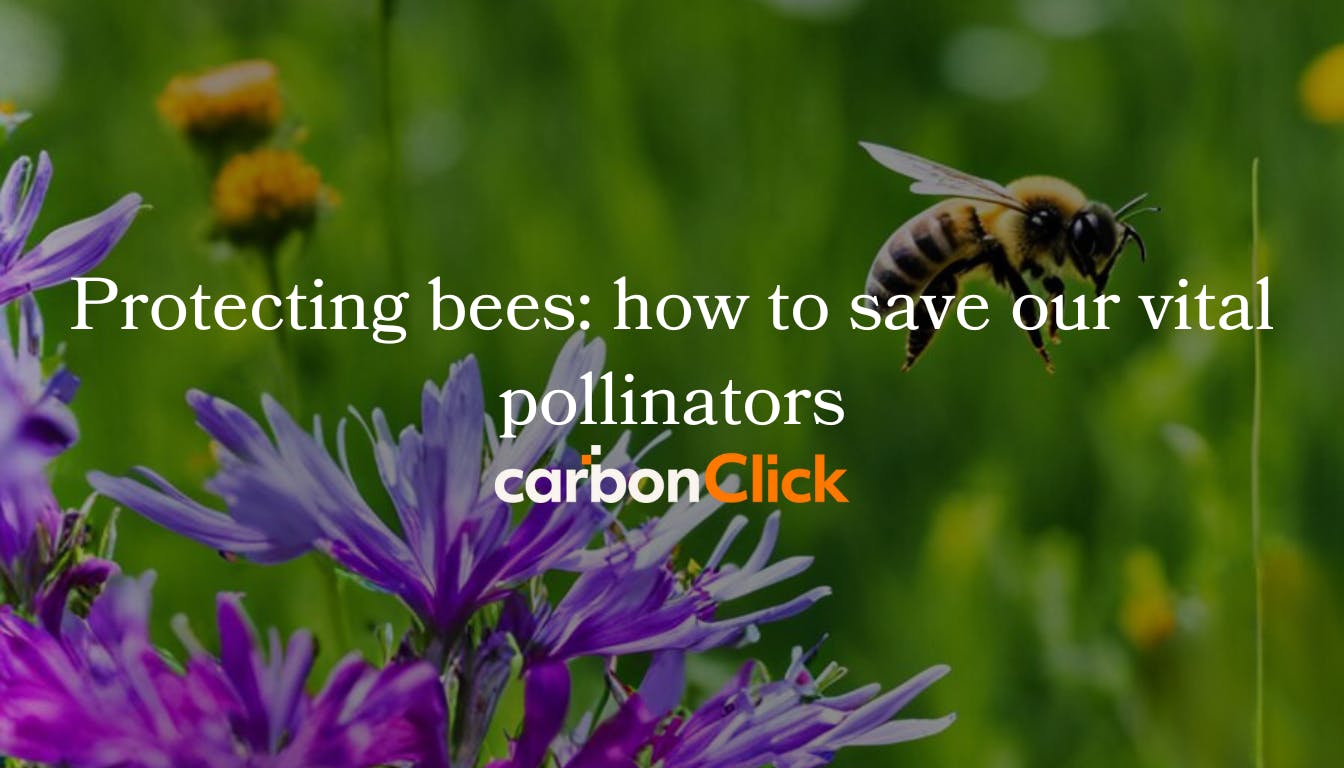
Key takeaways
- Bees are crucial for pollinating around 80 percent of global crops.
- Establishing bee gardens with native plants supports bee nourishment and habitat.
- Avoiding synthetic chemicals is vital to protect bee populations.
- Engaging in community science helps research and conservation efforts.
- Supporting local beekeepers and organizations promotes sustainable practices.

Planting a Bee Garden
To start a bee garden, know how important different plants are. Bees need flowers all year round, not just in the summer. We choose native plants to help them. This is good for the environment and easy to keep up.
Choosing native plants
Picking plants that belong to our area helps bees a lot. Bees work better with these plants, and our garden stays diverse. Good choices are things like mints and lavender. These plants are strong and don't need a lot of care, so they're perfect for any gardener.

Planning for bloom times
We plan our garden so it has flowers from the start of spring until late fall. This means bees always have something to eat. Choosing plants that bloom for a long time helps a lot. And plants that come back each year make our garden even more special.
Using Containers and Window Boxes
If we live in a city or a small place, we can still help bees with container gardens. They're fine for windows or balconies. These mini gardens attract bees and keep our cities green. It's a fun way to have our own little bee space anywhere.

Going chemical-free for Bees
Choosing to go chemical-free gardening helps our bees a lot. It makes our gardens and farms safer by avoiding harmful pesticides. We can learn about the dangers and find better ways to grow, which makes a happier home for bees.
Risks of pesticides and herbicides
Using too many pesticides is hurting our bees badly. In the U.S., almost 3 million honey bee colonies have been lost due to pesticides. Its use has cut down the number of hives by 60% from 1947 to 2008.
Bees die when they touch or carry these poisons back to the hive. A key sign of this harm is finding many dead bees near their hives. This is why stopping the use of dangerous pesticides is so important.
Natural pest control alternatives
Finding natural ways to control pests is key in protecting bees. Systems like integrated pest management (IPM) are great alternatives. They involve things like picking pests by hand and using natural shelters for predatory bugs.
Turning to organic gardening also helps a lot. It makes our plants strong without toxic chemicals. Newer, safer pesticides break down quickly, which is better for bees.
Building a sustainable ecosystem
Keeping bees safe is critical for plant and food growth. 80% of U.S. plants need bees to grow, and bees feed the world by pollinating a third of our food. Staying far from treated fields and having parts of land free of poisons helps bees.
Feeding bees with sugar and pollen can aid their recovery. Making gardens and parks chemical-free supports these vital pollinators.
Getting involved in community Science
Joining community science is great for helping our important pollinators. You don't need to be an expert to join in. Apps like iNaturalist make it easy to get started. Everyone's contributions add up to help a lot.
Participating in local projects
Start with local projects to dive in. Look at the "BeeBlitz" event on Governors Island, New York, in 2019. It got people together to look at bees closely. Joining such events not only teaches us but also helps with research on bees.
Documenting bee species
Knowing different bee species helps protect their health. The iNaturalist app is a key tool, connecting over a million people. It uses photos to help ID them, making things easier. This work is important because many bee species in North America are in trouble.
Providing data for research
Your data can help with big studies on pollinators. For example, Bumble Bee Watch relies on people sending in info. Thanks to everyone's help, we know more about bumblebees. This and other projects show how strong our efforts are in saving these vital insects.

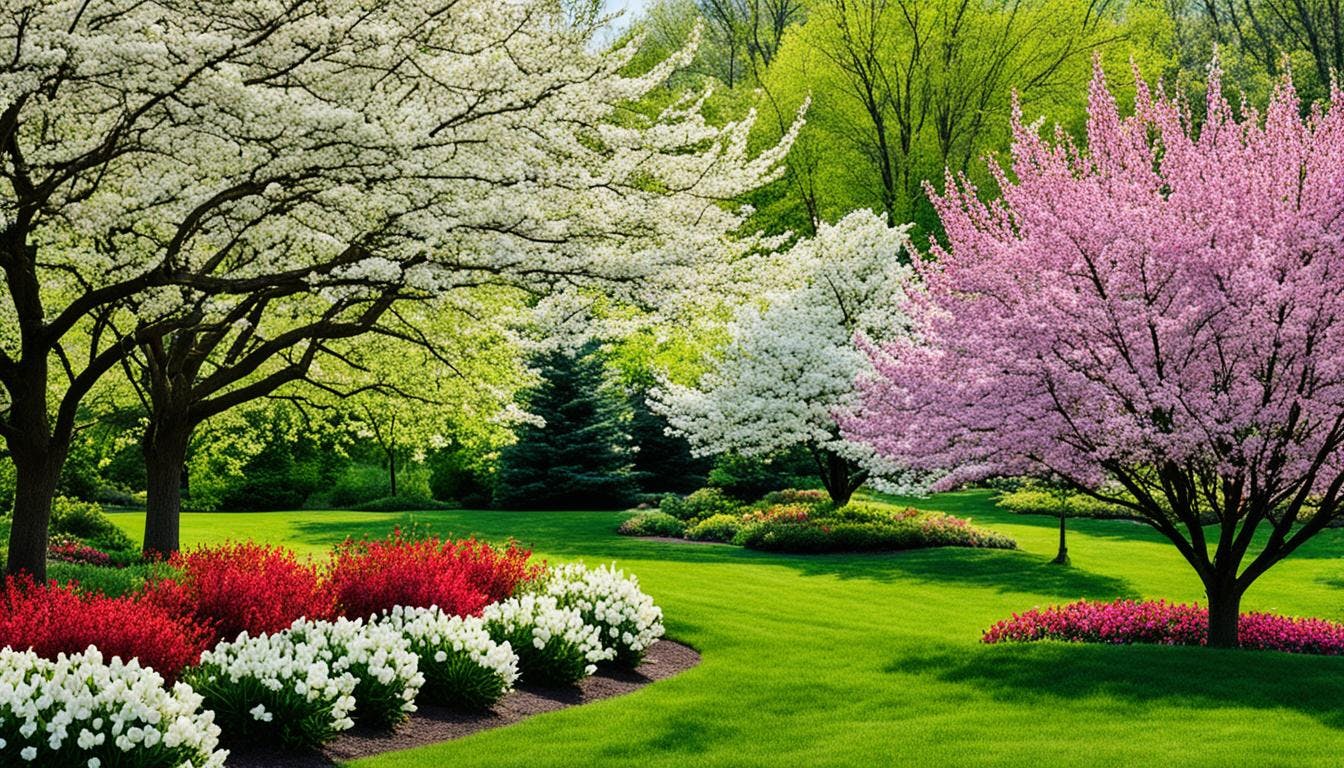
Providing Trees for Bees
It takes more than planting flowers to support bees. Trees are essential for bees, providing tree nectar and important shelter. Knowing which trees offer the best nutrition and habitat helps create a better environment for them.
Nutritional value of tree blossoms
In early spring, tree blossoms are crucial for bees when food is limited. Trees like maple, redbud, and cherry give bees a lot of nectar. This food is key for their health and energy.
Redbud trees bring in small bees, showing how varied bee-attracting trees are. It's not just honey bees that benefit; all kinds of bees do.
Essential habitat provided by trees
Trees are vital for bees' housing and food needs. For example, dogwood trees offer beneficial berries for bees and birds. By planting these trees, we help the local ecosystem thrive.
The Mt. Cuba Center's spring event showed how native trees support wildlife. It’s a great way to ensure a rich, biodiverse environment.
Species of Trees to Plant
For a healthy bee population, choose the right trees. Here are some great types to consider:
- Dogwood
- Redbud
- Pussy willow
- Red maple
- Serviceberry
- Blueberry
- Pinxterbloom azalea
- Carolina rose
- Elderberry
- Flowering raspberry
- Buttonbush
- Hawthorns
- Tuliptrees
- Magnolias
- Privets
Plant a mix of these native trees with different bloom times. This ensures bees have nectar all year. It helps create a strong, lasting home for bees and other pollinators.
Creating a Bee bath
Making a bee bath is easy and helps bees get water safely. It also brings different bee types to your garden. Bees are key in making much of the food we eat. Making sure they have water is very important. Around the world, there are about 20,000 bee species. This includes over 800 species in Canada. They need water that doesn't risk drowning.
To make a bee bath, you need a shallow dish. Bees can't drink from deep water. So, you should put flat stones or marbles in the dish. This way, bees have a safe spot to land. The water should cover the stones or marbles slightly.
- Shallow dishes
- Stones or marbles
- Fresh water
It's important to change the water every day and clean the dish once a week. Doing this helps keep the water safe and inviting for bees.
Adding a bee bath makes your garden better for bees and other pollinators. You can also use things like plant pots, mesh, wine corks, or buckets. This provides more water spots and supports a healthy environment. It can make your garden even more beautiful.
Most bees live alone and make nests in the ground. So, it's good to have some bare soil in your garden. Having both bee baths and nesting areas really helps bees.
By adding water and various plants to your garden, you help bees a lot. This supports their care and the beauty of our gardens. It’s a win-win for everyone.
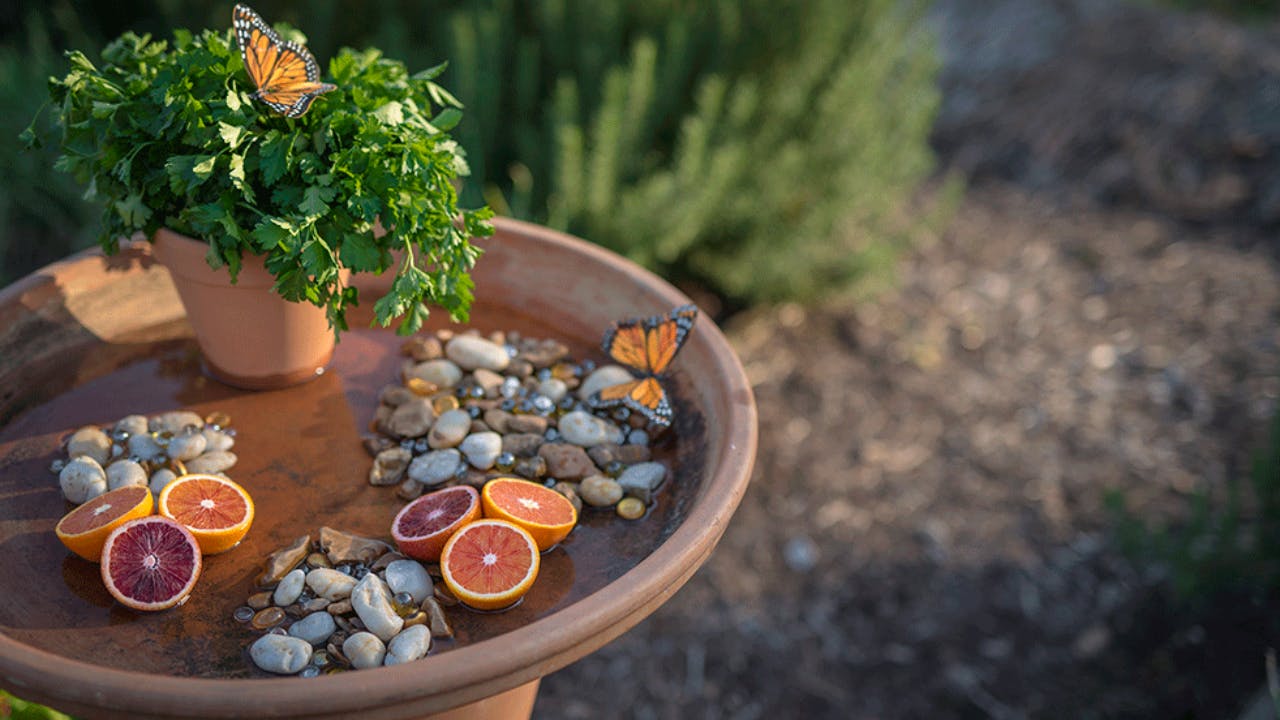
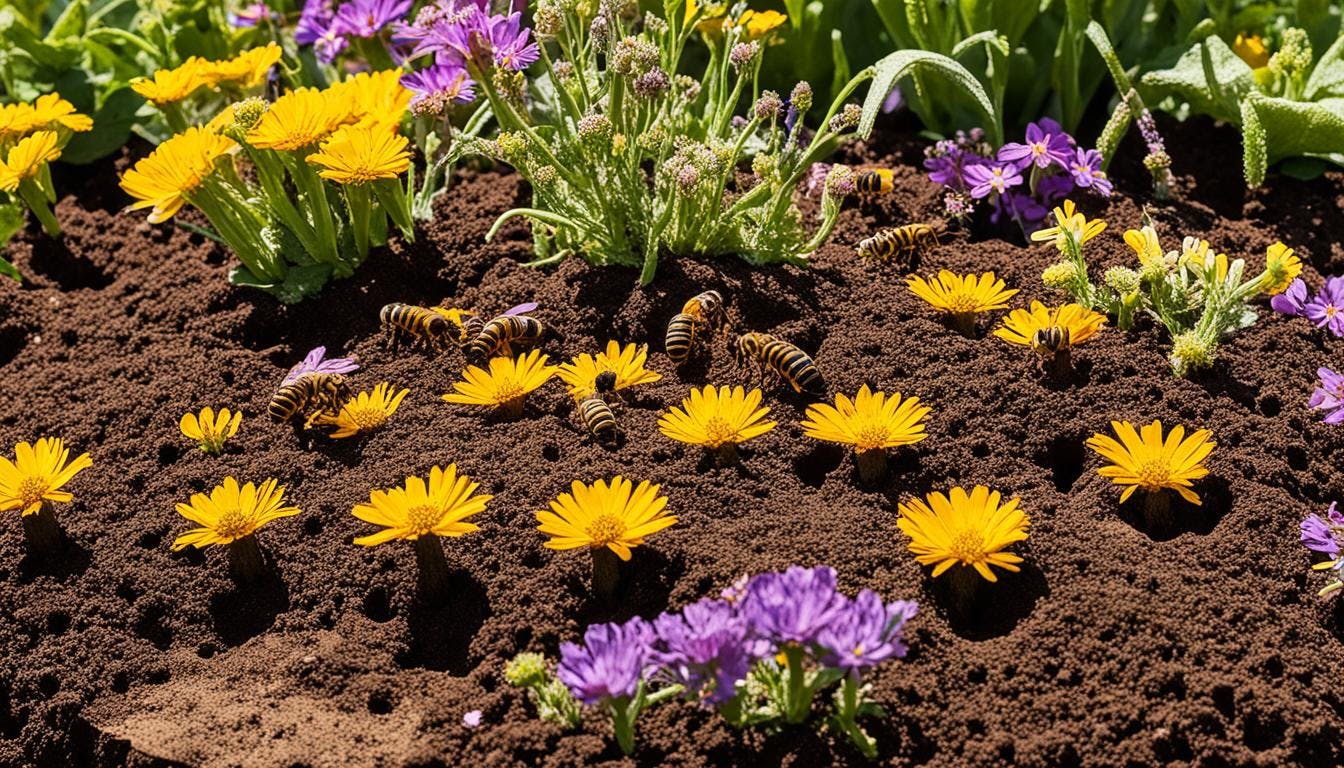
Protecting ground nesting Bees
Ground nesting bees are key pollinators, making up 70% of U.S. native bee species. These bees need special soil to live in. They are underground for most of the year, so their nest spots are vital. We can help them by gardening in ways that are good for bees.
Show an underground view of a patch of soil with several small holes in it, surrounded by flowers and plants. From the holes, let bees emerge and fly towards the flowers as if they are on a pollination mission. The color palette should be vibrant and convey a sense of harmony between the bees and their natural environment.
Creating Suitable Ground Nesting Sites
For ground nesting bees, the right nest spots are crucial. They like areas with direct sunlight and soil that drains well. It's best to not put too much mulch that covers the soil. For example, keeping some parts of your garden with just sandy soil can help these bees.
Ensuring Soil is Well-Drained
To help these bees, the soil must be well-drained. Certain types, like mining bees, like sandy loam. They need soil that stays together when dry. Gardens near rivers or places with floods can also be perfect for them. Good soil means a good home for these important bees.
Avoiding Mulch and Over-Watering
Too much mulch and water is bad for these bees. It changes the soil in ways that don’t help them. Try not to over-mulch and watch how much you water. This way, our bees can live and nest well.
Our garden habits matter a lot for bees. These tips are great for making our gardens more bee-friendly. They help us keep bees living and pollinating.
Leaving stems behind
Building a yard that's friendly for pollinators means looking at every detail. To help about 30% of New England's native bees, we should keep plant stems and other natural spots safe over winter. This includes mason bees, a key pollinator group.
It's smart to keep plant stems up for at least two years. This gives certain bees a chance to nest. Also, bees that are active in spring and those that come out in fall get the right timing to emerge.
In December 2020, gardeners trimmed joe-pye weed stems to help bees next year. Leaving the cut plants in the garden for years provides a stable nesting place for this critical insect life.
Many stem types work well for different bees. They should be chopped to six inches and air-dried. Each bee prefers a certain type of stem. For example, Ceratina bees like their tubes filled with pith. Mason bees, on the other hand, use hollow stems.
Adding signs to your yard can help teach about bee-friendly gardening. This not only helps protect bees but also gets the community interested in these efforts.
Lastly, storing these prepared stems in boxes keeps them safe till spring. Such care helps turn our gardens into safe havens for bees, helping them thrive and maintain nature's balance.
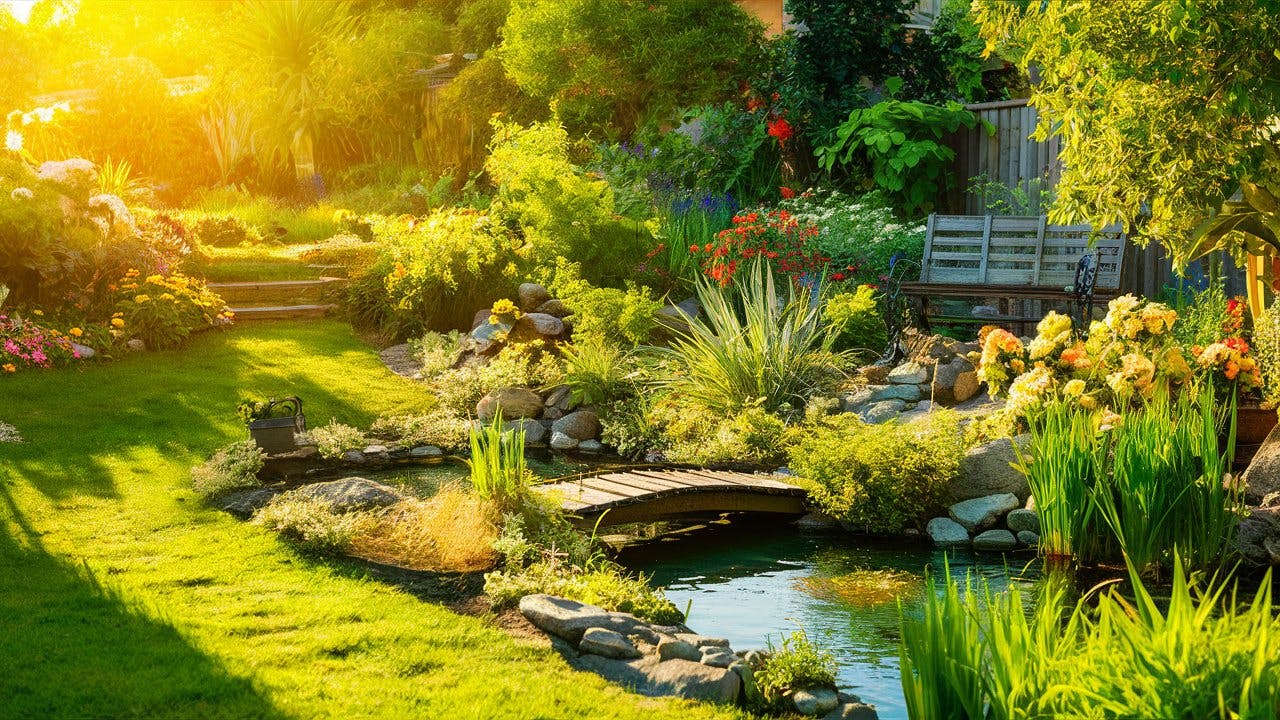
Teaching the next generation about bees
It's key to teach kids about pollinators for our environment's future. Adding environmental lessons to their studies greatly helps. The National Honey Board makes it easy with supplies like brochures, stickers, and fun activity sheets about bees.
The Pollinator Partnership Bee Smart Kit is great for schools. It has 10 lessons, tests, and fun for kids in grades 3 to 6. This kit teaches kids well about bee conservation, showing how important they are as pollinators.
The Great Sunflower Project collects data on bee service since 2008. Their info shows bees' crucial role in North America. Getting students involved in such studies boosts their interest in helping pollinators.
The Honeybee Conservancy cares about bees and teaching in communities that need it. They aim for healthy bees and communities for a lasting future. With help from the Urban Beekeeping Lab in Boston, kids can learn, seeing how beekeeping helps the environment.
The National Children's Museum has a program that encourages kids to fight climate change. It features heroes like Sarah Red-Laird who work to protect pollinators. Now, children can join in, learning and acting for the environment.
Teaching through fun challenges, like the Planet Bee Foundation's "Bee Kind Challenge," is impactful. This challenge helps kids understand local biodiversity and why saving bees is important. It's more than a lesson; it's a life-changing experience.
Dr. Thomas Seeley's work on bee "swarm intelligence" is also great for teaching. His book, "The Honeybee Democracy," offers cool facts for lively class talks. This kind of teaching makes learning about bees more fun and understandable for children.
Engaging children in bee conservation now is crucial for our future. Through exciting environmental education, kids can learn to value bees and our environment. This knowledge and care will shape a better tomorrow.

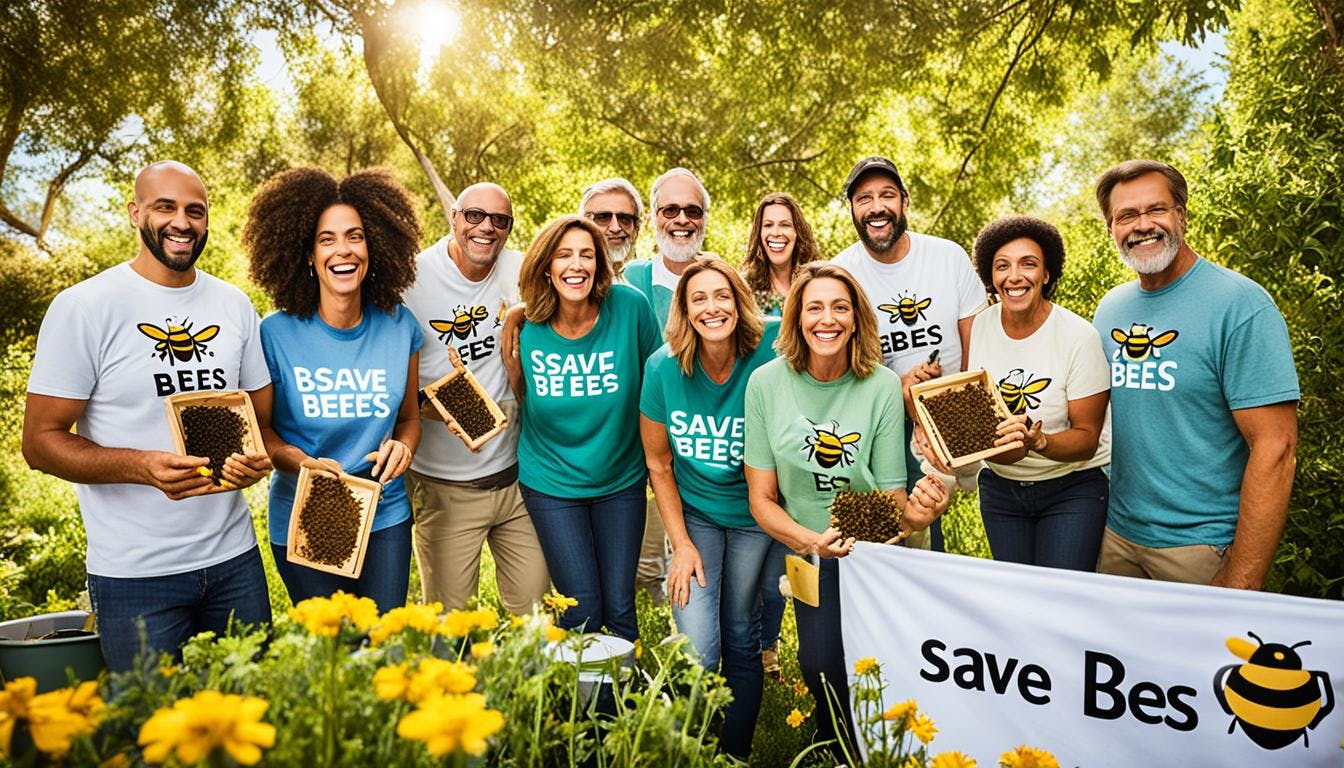
Hosting a fundraiser for Bee conservation
Set up a fundraiser to help the bees. Use crowdfunding to gather support. Platforms like the Xerces Society help people join in. They work to protect bees and other small creatures.
Contact the Xerces Society at 503-468-6602 or [email protected] for help. They have a platform for fundraisers. Consider using Xerces Peer-to-Peer Fundraisers, Facebook, and Instagram. Keep your events short to keep people interested.
Adding live transmissions or in-person events can boost community interest. Thank everyone who joins or helps. Bees are in trouble; many species are decreasing fast. Your involvement can really help them survive.
- Bees pollinate 1 in 3 bites of food we eat and 80% of the world's flowering plants.
- The Bee Conservancy has worked with many groups over 10 years, helping thousands.
- Project Apis m. has safeguarded 85,000 bee groups, leading to over 5 million pounds of US honey.
- National Wildlife Federation made 2,209 wildlife gardens and over 122,460 sq ft of new bee home.
Joining a fundraiser is vital for bee protection. Teach others why bees matter. This helps create real change. A good fundraiser is not just about money; it builds a community around caring for our planet.
Supporting local Beekeepers and Organizations
Our choices really matter for local beekeepers and our environment. Buying local honey and beeswax helps these beekeepers feed their families. It also helps in making more beehives and supports local beekeeper groups.
Buying Local Honey and Beeswax Products
Picking local honey and beeswax is an easy way to help. It lets beekeepers grow their bee colonies. This leads to more bees, which is good for our plants and animals. It also supports ways of beekeeping that are good for the earth.
Volunteering and Donating
Help by giving time or money to beekeeping groups. This support means they can do more to take care of the bees. One big help is choosing beekeepers to move bees, not pest control. This choice can save whole bee families. It's a big step in keeping bees safe and our planet green.
Promoting Sustainable Practices
Being a cheerleader for good beekeeping helps a lot, too. Share the story of local honey and why it's important. Help make good bee-friendly rules, like not using bad chemicals. But it's not just about talking. Making a bee garden and joining science groups make a real difference. This way, together, we keep bees helping us and our food for a long time.

Protecting Bees: The path forward
Saving our bees is now more crucial than ever. We need to come together with different plans. This includes stopping the use of harmful pesticides, farming in ways that help the environment, and keeping bee homes safe. By doing these things, we can make sure bees continue to pollinate our plants and help food grow.
Banning Harmful Pesticides
First, we should make rules against dangerous pesticides. In the past few years, many have seen neonicotinoids as a big problem for bees. A group called Beyond Pesticides warned about this in 2013. They explained how these chemicals hurt bees, who help pollinate most of our plants. There's a bill being talked about in the U.S. to stop using these harmful pesticides. We must act fast to protect our pollinators.
Encouraging Ecological Agriculture
Encouraging farmers to use eco-friendly methods is also key. This farming way helps the earth and crops without using too many chemicals. National Geographic has invested a lot in projects that show how good this farming is. It helps keep different plants and pollinators alive. This work is crucial for our food and the planet.
Preserving Bee Habitats
Keeping bee homes safe is another important step. Bees are facing many dangers due to human actions like changing land for our use, pollution, and global warming. These threats impact their homes and lives. Organizations like the EU Bee Partnership are working hard to protect these habitats. This is a team effort that brings different groups together to save the bees.
Together, these steps make a better world for bees and us. They help not just with saving bees, but also make our environment healthier and more diverse.
Conclusion
Bee conservation is key to both global pollinator health and our care for the environment. Western honey bees play a huge role in pollination. They manage over 80 million hives and make about 1.6 million tonnes of honey each year. A Food and Agriculture Organization study showed one-third of the food we eat comes from these hardworking insects.
The decline in bee populations is a critical issue. This is due to many reasons like habitat loss, heavy farming, pesticides, and air pollution. Air pollution, for example, can hinder bees from finding food and pollinating. Steps like the EU's neonicotinoid ban and the post-2020 biodiversity goals show we can make a difference. We can, and have to, protect these important creatures.
We all can help save the bees. Actions like planting flowers, backing local beekeepers, and teaching kids about bees make a big difference. We aim to cut down pesticide use by two thirds before 2030 to help bees and the planet. World Bee Day on May 20th encourages us to play our part in caring for the environment. Let's join hands with individuals, communities, leaders, and businesses. Together, we can ensure bees not only survive but also help our food and nature flourish.
FAQ's
What are the best plants to include in a bee garden?
Local plants are the best for bees since many rely on them for food. Look at field guides or ask experts for the right plants for your area.
How can I plan my bee garden to provide food throughout the year?
Plant a mix of flowers that bloom at different times. This keeps bees fed with pollen and nectar all year long.
Can I create a bee garden even if I don't have a large space?
Yes, you can use small spots like containers or window boxes to help bees. Even small spaces make a big difference.
Why should I avoid using pesticides and herbicides in my garden?
These chemicals harm bees. It’s better to use mild, targeted products. Also, consider pest management strategies that don't rely on chemicals.
How can I control pests in my garden naturally?
Removing pests by hand and planting things that attract their predators is a good start. Healthy soil also helps build a strong ecosystem that supports bees.
How can I get involved in bee research through community science?
Join local citizen science projects like iNaturalist. Your data and observations are vital for bee research and conservation.
What types of trees are beneficial for bees?
Plants like maples, redbuds, and black cherries provide lots of nectar. They're important for bees and their homes. Planting such trees helps bees a lot.
How do I create a bee bath?
Use a shallow dish with water and stones in your garden. Bees can safely drink from it, which helps them a lot.
How can I protect ground-nesting bees in my garden?
Leave some bare, sunny areas for these bees to nest. It's important not to overwater or use much mulch there.
Should I leave plant stems in my garden for bees?
Yes, keeping stems and other natural nooks intact helps bees find shelter in winter. This aids bees like mason bees.
How can I teach children about the importance of bees?
Use free learning tools and activities to teach kids about the bees and nature. Bringing bee lessons into schools can spread important awareness.
What are some effective ways to raise funds for bee conservation?
Host events and start community efforts to raise money for bees. Using online platforms for fundraising can also be very effective.
How can I support local beekeepers?
Buy honey and beeswax from local producers is a good start. You can also volunteer, donate, and spread awareness to back beekeeping in your area.
What broader actions can help protect bee populations?
Stop using harmful chemicals, promote green farming, and protect natural areas. These steps are crucial for bees and our earth.
17 South Street
Auckland 1010
New Zealand
info@carbonclick.com- -
- X
Subscribe now to stay up to date with CarbonClick, carbon offsetting and climate action.
By signing up you agree to our Privacy Policy.


